This week we have the honor to interview Quin Sandler, CEO Plantiga, a leader in mobile health and performance monitoring. Quin is a movement health entrepreneur from Vancouver Canada.
?Show Notes: Through this interview, we touched on his background, Plantiga, his product, as well as the benefits for the teams to use his product, as well as his plans for the next 12 months. Quin also gave his advice to young entrepreneurs looking to build their sports tech startup.
?Best Quotes: Here’s some of the key discussion points and best quotes from our conversation with Quin:
- On his background: “I was born and raised in Vancouver, British Columbia, which is in Canada on the West Coast. Plantiga is based here as well. We have team members in both the US and Canada, and are proud to be manufacturing our hardware in our hometown. For my personal background, I have been involved in entrepreneurship in one form or another since I was teenagar. Before Plantiga I had a few different startups. One was called Keystone Learning, one was the Principle Design Group where we did branding and identity. I’ve always been around product, always been around design and that’s where the focus of my life has been before Plantiga”.
- On how he got the idea of starting Plantiga: “I founded Plantiga with my father, Norman McKay. Norman had a background in biomechanics and product design, and that’s where the unique understanding came from but my father passed away about three and a half years ago now (..) So we’re very much taking up the charge of his vision. Initially the goal was trying to get ground reaction force equivalent data from within footwear, understanding that that was a blue sky opportunity”. That insight and push was first brought to me by my dad, and for that I’m eternally thankful.
- On his product: “So where we are today and what our product really is, is we are a movement monitoring platform. We really focus on movement, movement health, and then the inverse of that is obviously, performance around movement. What we do is we have a very small IMU-based sensor that we’ve developed that Velcros into an orthotic or an insole, and it measures movement with precision. So how somebody runs, how they walk, how they jump, their ability to change the direction.Then we’ve built quite a sophisticated software layer on top of that, that allows individuals or organizations to really dive deep into that biomechanical data, so whether it’s things like speed, ability in changing direction, jump height, rates of acceleration, workload, et cetera, that type of data is really used to drive decision-making around athletes, their programming, their return to play, or the rehabilitation. It’s used on both sides of that coin. If they’re injured, dealing with them and managing them with objective measures and data, and then if they’re healthy, using that data to drive performance and the programming around it”.
- On how teams use Plantiga product to establish players’ baseline and managing injury surveillance: “We have a lot of internal case studies with NBA players, NFL players, lots of different organizations that we work with where using our product, you can never know actually the inverse of preventing an injury. You can look at injury injury rates and see if they drop, but it’s hard to know what you predict as not happening. It’s hard to know what doesn’t happen. I am hopeful that the platform that we’ve provided to organizations really does make them perform better and be healthier. I do know that with some NBA teams, as an example, we are used across the board with every single player. They are using and tracking their players with Plantiga both to establish baselines on how they walk and how they run and how they jump, and then they use that data in managing injury surveillance, but managing that player’s health and wellbeing from the movement side”.
- On how soccer teams are using Plantiga’s smart insoles and how their insoles are very thin: “Soccer cleats are actually quite a small piece of footwear. It’s not like a baseball cleat. It’s a very, very tight cleat. (..) We worked with one MLS team were Plantiga is being used a lot in the rehab, but in the rehab, they’re wearing just regular Nike Zooms or something like that. So it doesn’t really come into play. When they’re actually playing on fields or on the pitch, some players definitely can say that they feel it. I would say it’s only one out of 10. Our insole is very, very thin. The vast majority of athletes don’t feel it”.
- On how they can make custom insoles for athletes as well: “We have partnered with orthotics manufacturers as well. So if a player wears an orthotic, we could retrofit that to have our sensor go in there, or we can make an orthotic with their partner that has a cavity to put our little sensor pod in the arch. So that’s how we tackle that issue”.
- On how Plantiga smart insoles are different from force plates: “I think it’s different (than force plates). Force plates are very, very valuable, but if you look at what a force plate outputes, it measures ground reaction force (and other stuff like CoM, PoM, etc) from a jump or walk, but it measures this data off of the pitch. It measures through jumping, or whatever, in a very tight protocol inside of a gym or in an office. One single step, or one jump for instance. What Plantiga does is measure data at the terminal task, which means literally, where the athlete is performing. That’s where we’re measuring jumping and walking and running. So you can do a jump test protocol like you would do on force plates, but on the field. We measure what’s called RSI and jump height and ground contact time, among a whole lot more. We measure it literally within a couple percent of what a force plate outputs as well, but we’re a different tool. You’ll still want to jump on a force to measure their force profile curve. You’re still going to want to do that. But actually, from a team’s perspective, they don’t really know what’s happening to their players’ biomechanics when they’re on the pitch. Just to go back to soccer, it doesn’t exist right now. They can’t measure the biomechanics”.
- On how they use advanced machine learning and AI: “ We also have some pretty sophisticated models around that we’ve built using machine learning that can actually judge the health of the knee, ankle and the hip. So we have some unique AI driven insights of where in the lower body muscle skeletal health”.
- On when teams are using Plantiga: “Teams just do it during training, and actually the majority of it is used in rehab or return to play. So imagine the athletes coming back or dealing with an Achilles tendinopathy or a nagging knee injury from a previous ACL. They will use our product in evaluating them and tracking them. But usually, that’s done in the gym or in the physical therapy realm. It’s not quite on the pitch, although we have an NFL client of ours that uses us in game and in practices for their whole offensive and defensive lines – tracking external workload”.
- On their pricing: “It really is hard to pin down the price, because it’s highly dependent on the organization’s requirements. Packages can range anywhere between $4,000 for the year to upwards of $500,000. That can go up or go down depending on how many sets an organization requires and what type of support, data analysis, movement coaching they need.
- On their customers: “We support sports organizations. We also support a growing list of athletes individually. So the exact same service that we provide to an NFL team or an NBA team or an MLS team, we’re actually offering to individual athletes. So Andre De Grasse (Canadian Olympic champion in track and field) is one of about maybe 40 or 50 individual athletes that we track. So what he gets is the analysis and collection on sprinting and jumping, walking, and running, and I would say that the data just helps influence and creates baselines for some of his performance. And that data is used by his coaching staff to support the work that they’re doing. We’ll be collecting and doing some deeper stuff that I can’t quite speak to with Andre. We pilot some of our novel models and insights a little bit more, but that’s how he’s been using it so far”.
- On what they track to potentially risks of injuries: “ A couple of things flag for increased risk. One is if you have changes in asymmetries that are outside normal bandwidth, so that’s your right compared to your left limb. If you have higher forces on your one limb, you’re always asymmetrical, but let’s say that you go from 5% to 15%, that’s a big deal. Also, we do jump testing as a measure of readiness, which is what force plates offer as well. But you can do a consecutive countermovement jump or a cyclic hop test, and those will give you a measure of neuromuscular fatigue and if a player, or if an athlete is ready to go and perform. So a couple of those metrics will always be used in helping determine if an athlete is at higher risk for injury”.
- On his plan for the next 12 months: “What we’re doing over the next 12 months is we’re actually growing out our individual program, where we’re enabling individual athletes from Olympians down to triathletes, down to people like you and me that really want to up their game in terms of performance, or if you want to run a marathon and we’re building out our platform’s capability to provide the service to individual athletes. So that’s actually a big focus of ours over the next 12 months.
- On his plan to add more advanced algorithms: “On our team business side, we’re adding more advanced algorithms in the ability to really dissect change of direction. So we’re adding some things there that I think will be very impactful. And again, we’re really focusing on building out that individual capability as well”.
- On his advice to young entrepreneurs: “I think the biggest thing that I have learned is there’s a difference between what we think a coach, or athlete, wants and what that individual actually wants. So for any young entrepreneur, that’s looking to build out their own sports tech, I would literally get whatever you’re doing if it’s a product, an app, a new type of assessment, if it’s a tracking technology, if it’s a skills technology, whatever, I would get it into market and into the hands of your users as quickly as you can. That is probably the thing that advanced our knowledge and understanding because lots of times, you don’t really know what works and what doesn’t work until it’s really to use them in the field of play”.
- On the need to go beyond sports to scale the business: “I would think that Pro Sports, they are a very good place to start. I think what Pro Sports offers a lot of sport tech entrepreneurs is validation and integrity in brand awareness. And when you get the buy-in because teams have literally the best performance scientists in the world and the best coaches, the best trainers. So if you get that group using your product, you have the ability to leverage that to go more downstream. So what I would tell to any entrepreneur is “focus on pro teams for sure, but understand that your vision needs to be bigger and more grand than just professional sports. It needs to go down to the amateur athletes as well – to all of us”.
If you want to learn more about Plantiga you can contact Quin directly at qsandler@plantiga.com

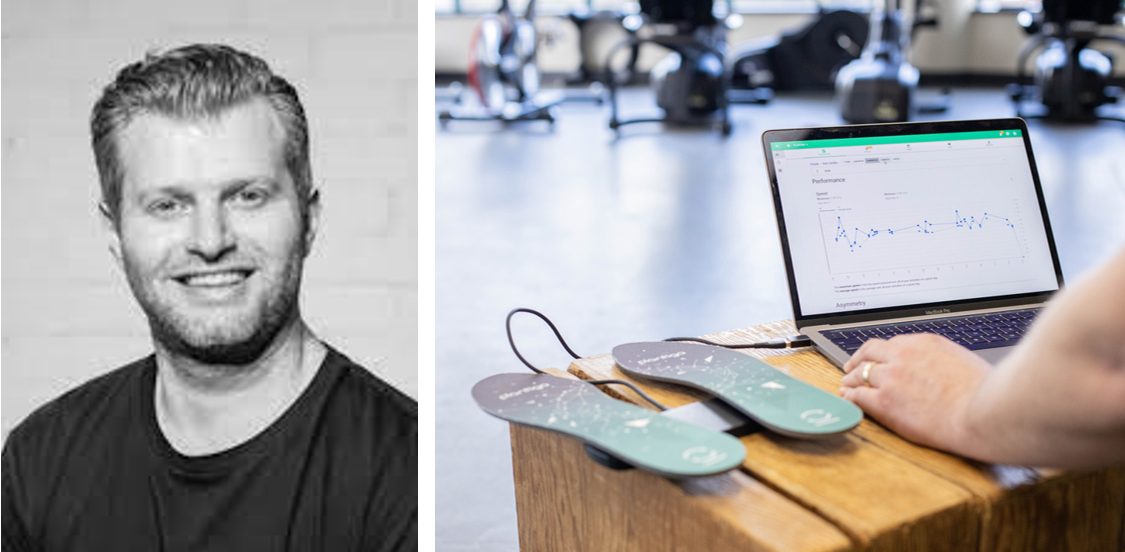
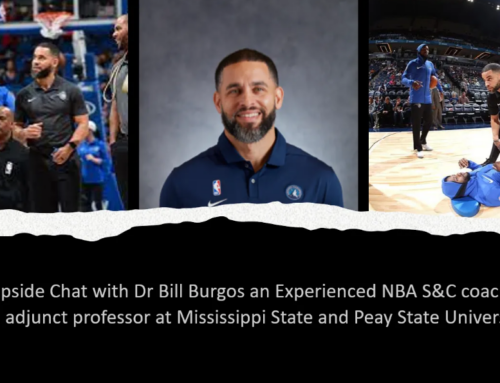
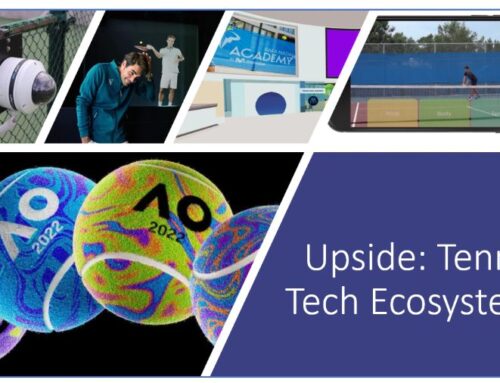
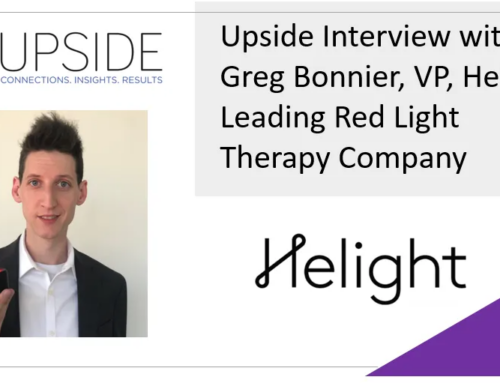
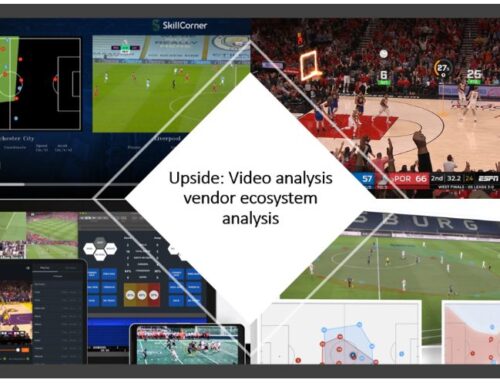
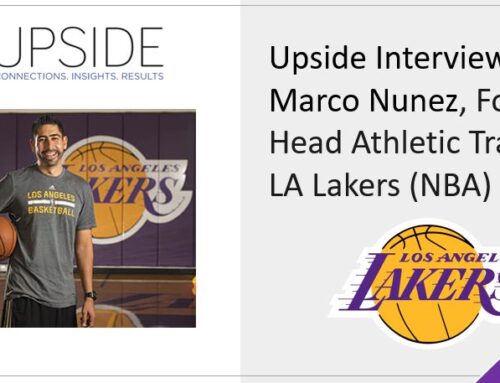
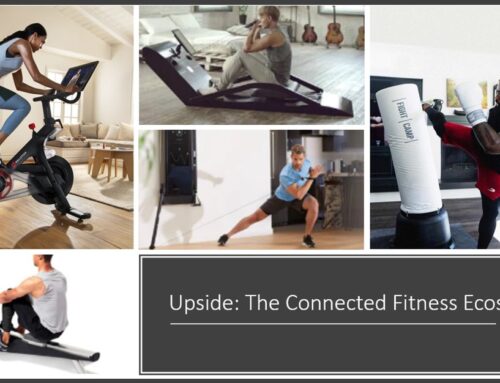

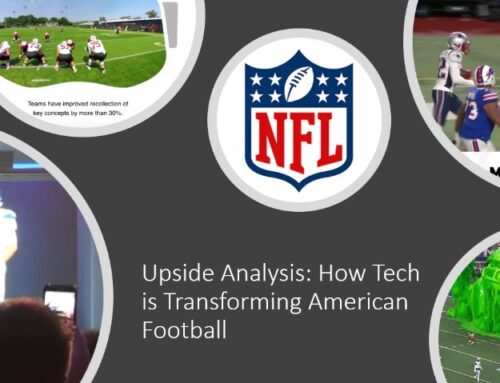
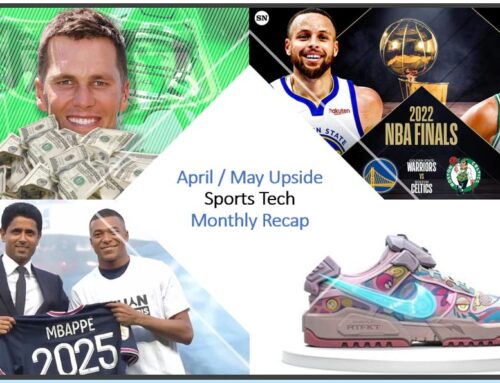

Leave A Comment
You must be logged in to post a comment.